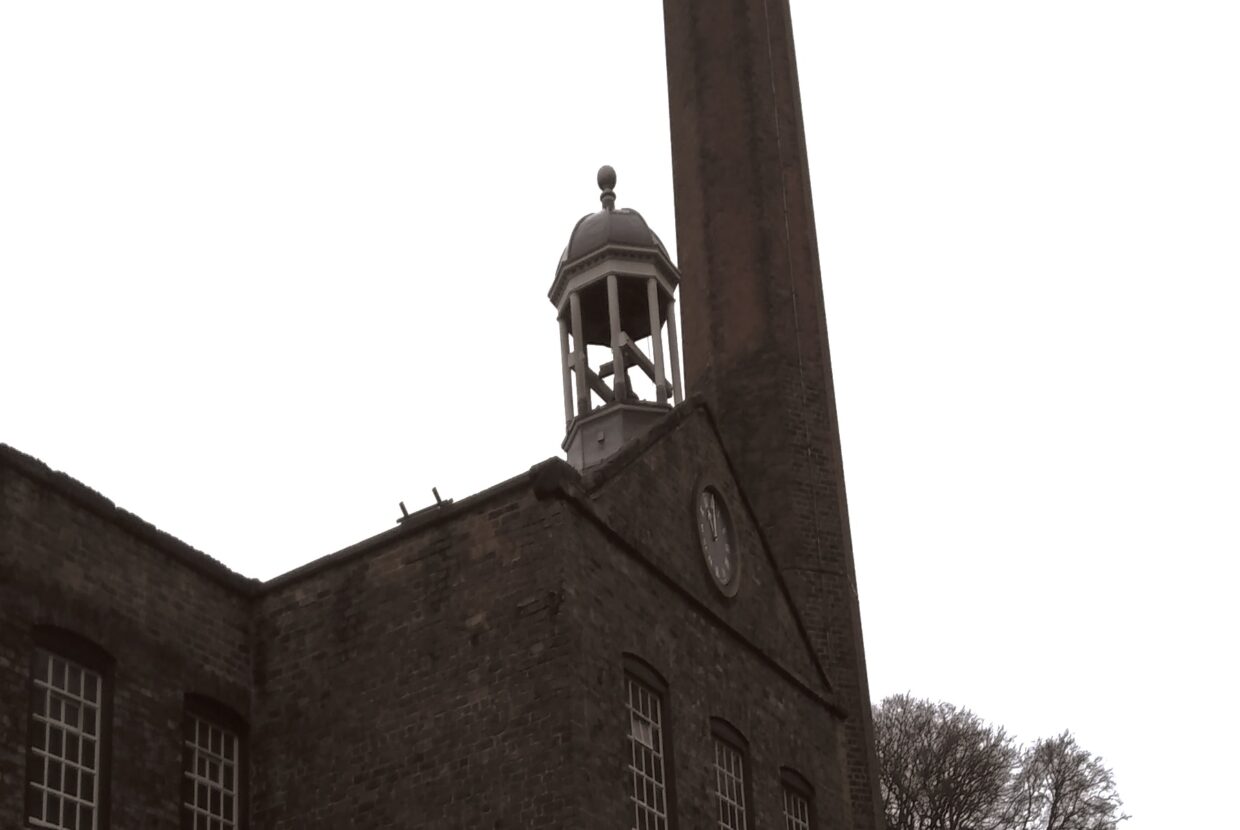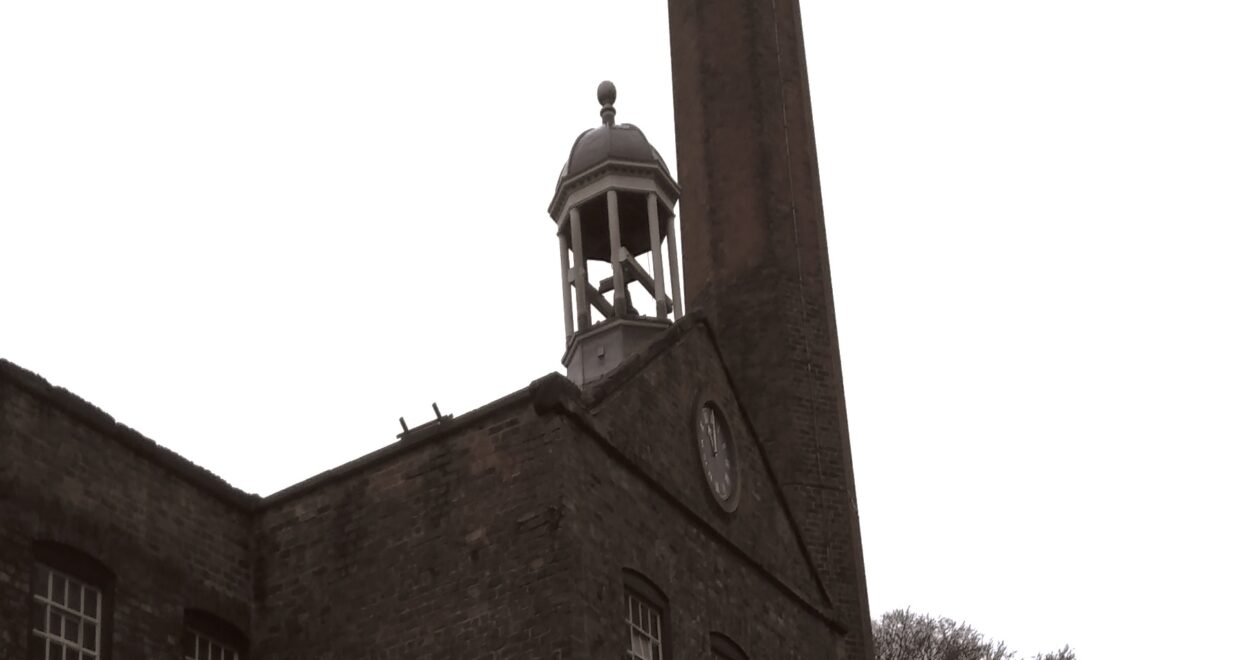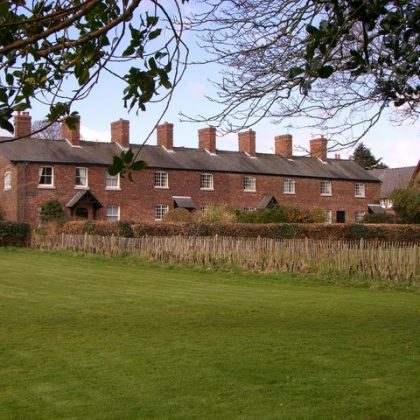Mills, Money, and Morality: Entrepreneurial Philanthropy under a Spatial Microscope
Walking through the mill yard at Quarry Bank Mill, on a dull December day, I noticed the bell tower high above. This would ring at 5.0 a.m. each day to announce the start of the daily grind of hard labour for the workforce, many of whom were children. A symbol of discipline and control, restraining the use of space and time. Exploring the mills and related settlements at Cromford, Quarry Bank, and Saltaire today is a Dr Who like experience with numerous such revelations around every corner. Entrepreneurs Richard Arkwright, Samuel Greg, and Titus Salt built these during the Industrial Revolution.
Entrepreneurial philanthropy
What was it that inspired these men to build mills, houses, schools, shops, churches, and community amenities such as a village square and park? What was the experience of people living and working in these places? These were some of the questions I had as I contemplated a comparative analysis. There is an obvious tension and contradiction in the concept of entrepreneurial philanthropy. How can risk taking and profit making be combined with the will to show concern for welfare of the workforce? This conundrum has been debated by historians Alice Shepherd and Steven Toms in the context of textile mills in the industrial revolution.
Philanthropic space

A spatial approach to these questions offers a unique perspective. French philosopher and sociologist Henri Lefebvre argued that space is social and is produced. Space is planned, designed, owned, and controlled. Yet, people live within, move through, and utilise space. In my article I develop the concept of ‘philanthropic space’ to place entrepreneurial philanthropy under a spatial microscope. I look through the lens and examine the creation, development, and experience of philanthropic space.
Every social space has a unique history. The geographic centrality of the inn and village square at Cromford, the apprentice house at Quarry Bank Mill, and the elaborate educational buildings at Saltaire demonstrate the spatial idiosyncrasies of each site. Despite differences, there were also similarities. While mills expanded and profits grew, welfare spaces developed and were experienced within each community in space and time. Although cheap, pliable child labour was good for business, provision of education was increasingly established in these settlements, offering the potential for self-improvement.
Capital and other influences
Availability of capital was an essential ingredient in the mix, although, as I found, other significant cultural and political influences were prominent. No doubt, Arkwright, Greg, and Salt were hard-nosed, successful business men. They were entrepreneurs who gambled with the market and yet people did experience welfare in a healthy, thriving community. Only with the active participation of their workers, did they facilitate the construction of philanthropic space.
Alice Shepherd and Steven Toms, ‘Entrepreneurship, strategy, and business philanthropy: cotton textiles in the British industrial revolution’, Business History Review, 93 (2019), pp. 503-27, at p. 504.
Henri Lefebvre, The production of space (Oxford: Cambridge, MA, 1991), p. 36.





